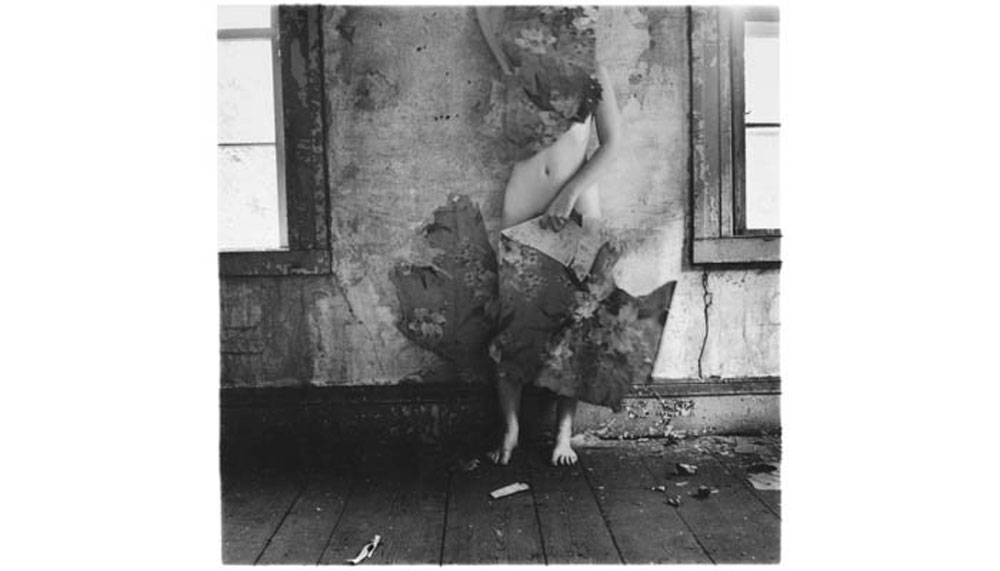Life in Motion - Egon Schiele/Francesca Woodman | Tate Liverpool
During her short and very prolific working life, Francesca Woodman left an indelible impression. As an art photographer, she made around 10,000 negatives and 800 prints, and defined an entire aesthetic as she found posthumous fame during the 1980s. She favoured black and white, long exposures which distorted and elongated her body; dishevelled, empty rooms with bare floorboards; props that emphasised her usually naked body.
She’s paired with Egon Schiele in this exhibition at Tate Liverpool. I guess they’re thematically linked by their tendency towards self-portraits in bent and sinuous poses (Woodman even had a whole series where she posed with a curled-up eel, just to ram the point home). But walking through the galleries, which alternate between the two artists, the link seems a bit contrived: so much of Schiele’s impact comes from his use of colour, while Woodman prefers black and white; his slightly pervy male gaze - all those early portraits of very young girls - contrasts with her innocent love of angels and literary heroines; and his preference for absolutely bare backgrounds contrasts with her connection with her surroundings.

My favourite from the Tate show is above: untitled, like most of the rest. Encased in wallpaper, she disappears into the background, merging into her surroundings, her props. But such literal self-effacement is, at the same time, her own personal statement of her artistic vision.
Sad to say, maybe the most important link between the two is their early deaths, always a great look for an artist. Schiele was claimed by the Spanish Flu epidemic in 1919, at 28, while Woodman took her own life six decades later, at 22. Both define a style: Schiele’s is indelibly tied to Secession-era Vienna, while Woodman’s whole aesthetic, as a participant in a feature-length 2010 documentary about her family points out, looks like an Urban Outfitters catalogue. Except the photos are from the late 1970s. It’s a look that this brilliant teenager helped to define.
Watching that documentary after visiting the Tate show gave me a new perspective on these haunting images. Woodman was born of two averagely successful artists, both of whom feel a complicated mixture of pride and jealousy about her success. The films of Woodman at work are especially haunting: barely an adult, she seems pathetically eager to please, as well as blazingly ambitious.
Life in Motion - Egon Schiele/Francesca Woodman is at Tate (Liverpool). 24 May - 23 September 2018